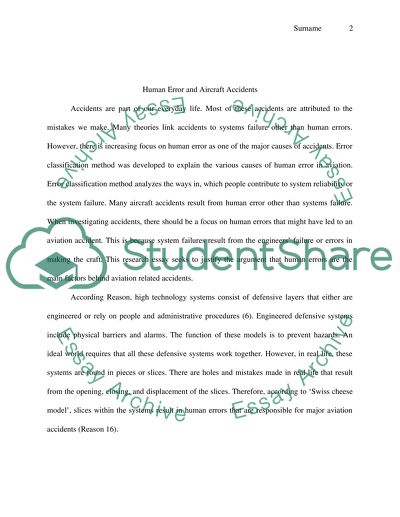Cite this document
(“Human Error in Aviation Research Paper Example | Topics and Well Written Essays - 1500 words”, n.d.)
Retrieved from https://studentshare.org/miscellaneous/1637759-human-error-in-aviation
Retrieved from https://studentshare.org/miscellaneous/1637759-human-error-in-aviation
(Human Error in Aviation Research Paper Example | Topics and Well Written Essays - 1500 Words)
https://studentshare.org/miscellaneous/1637759-human-error-in-aviation.
https://studentshare.org/miscellaneous/1637759-human-error-in-aviation.
“Human Error in Aviation Research Paper Example | Topics and Well Written Essays - 1500 Words”, n.d. https://studentshare.org/miscellaneous/1637759-human-error-in-aviation.


